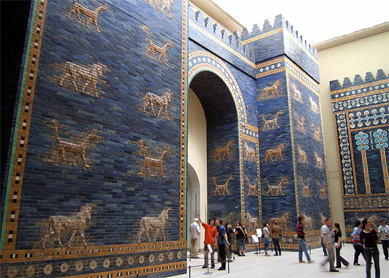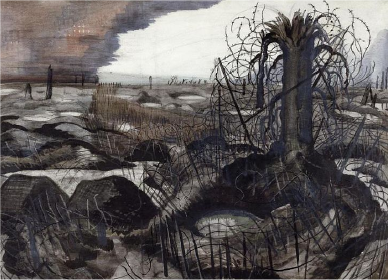What is the day of the Lord according to the Hebrew Bible?
The Hebrew Bible does not portray the day of the Lord as a single event at the end of time as popularized in some Christian theological traditions. Rather, the concept draws upon a rich tapestry of images to describe divine justice. It refers to an event of divine intervention in history (past or future). The concept appears primarily (but not exclusively) in the Latter Prophets. The concept may be evoked by a number of phrases, including “the day of the Lord,” “the day of (his) wrath,” the “day of calamity,” or “on that day.” The concept may also refer to the punishment of a particular nation, for example, “the day of Midian” (
What happens on the day of the Lord?
Scholarship in the first part of the twentieth century tended to focus on the origins of the term, usually speculating that the idea was linked to the concept of holy war or cultic ritual. More recently, scholars have focused upon how the concept varies between texts, by analyzing how the action unfolds in terms of the target, the time, the weapons involved, and the purpose.
The target of the deity’s intervention can be foreign entities (singular or plural) or God’s people. Occasionally, the target may describe battles against cosmic entities and the battle’s implications for the current generation (e.g., “the sea” and “the river” in
The time can refer to divine activity in the past (e.g., the day of Midian in
The weapons used by the deity can include heavenly armies, earthly political powers, natural forces (e.g., storms, earthquakes, droughts), or a warrior’s implements (e.g., clubs, spears, swords, and arrows). The weapons underscore metaphors of the Lord as king, warrior, and judge.
The Lord’s intervention has a purpose, characterizing divine acts of violence as acts of judgment or deliverance. When the target is a foreign nation, the day of the Lord assumes judgment against that nation, but when the target is God’s own people, the purpose of the action may depict judgment, deliverance, or justice.
Why is the day of the Lord a recurring theme in the Book of the Twelve?
The day of the Lord in the Hebrew Bible is not a systematic portrayal of divine judgment at the end of time; rather, it describes or threatens divine intervention in distinct historical events. That being said, the majority of references to the day of the Lord appear in the Book of the Twelve. The frequency of the concept in the Twelve has led to the suggestion that it functions as a recurring theme to connect different events in history and shape them into a larger plan for God’s people.
The scroll of the Twelve Prophets has a chronological framework created by superscriptions that mention kings from the eighth century BCE to the Persian period (see
The day of the Lord is also announced as an imminent threat against the Lord’s people that requires the people to repent if they hope to survive (
A number of texts anticipate that the day of the Lord will ultimately bring a positive reversal of that fortune for Judah and Jerusalem in the more distant future (e.g.,
Every passage should be analyzed to determine how the day of the Lord unfolds in a given context, but the prominence of the concept in the Twelve is noteworthy and distinctive.
Bibliography
- King, Greg A. “The Day of the Lord in Zephaniah.” BSac 152 (1995): 16–32.
- Rendtorff, Rolf. “Alas for the Day: The ‘Day of the Lord’ in the Book of the Twelve.” Pages 186–97 in God in the Fray: a Tribute to Walter Brueggemann. Minneapolis: Fortress, 1998.
- Everson, Joseph. “The Days of Yahweh,” JBL 93 (1974): 329–37.
- Nogalski, James. “The Day(s) of YHWH in the Book of the Twelve.” Pages 192–213 in Thematic Threads in the Book of the Twelve. Edited by Paul L. Redditt and Aaron Schart. BZAW 325. Berlin: de Gruyter, 2003.




